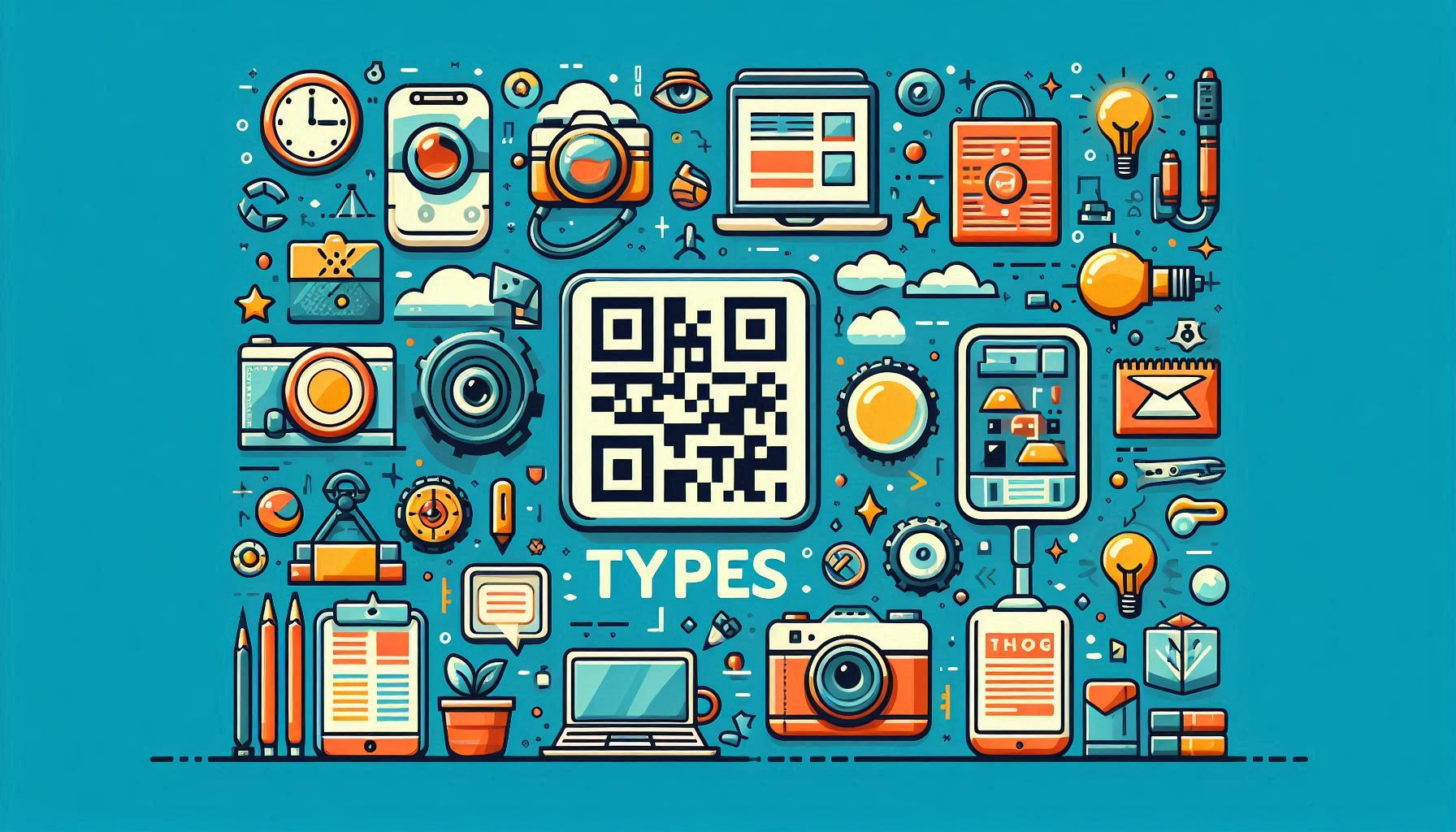Static QR codes are codes that, once created, cannot have their content changed and remain fixed.
1. Static QR Code
Static QR codes are codes that, once created, cannot have their content changed and remain fixed. Once generated, the content of the code cannot be altered. These types of QR codes are typically used in applications that carry fixed information.
Features:
- Content cannot be changed.
- Easy to use and typically contains data such as text, URLs, or phone numbers.
- Usually suitable for one-time uses.
Use Cases:
- Fixed websites and URLs.
- Product labels or advertisements.
2. Dynamic QR Code
Dynamic QR codes allow users to change their content after creation. These types of QR codes allow users to alter the content and typically contain URLs that direct to websites. Dynamic QR codes also provide tracking and analytics capabilities.
Features:
- Content can be changed after creation.
- Provides data analytics (click count, location, time, etc.).
- Allows users to change a specific URL.
Use Cases:
- Marketing campaigns and promotions.
- Ticketing systems and event tracking.
- Updating business or store information.
3. Visual QR Code
Visual QR codes are enhanced versions of traditional black-and-white QR codes, made more attractive visually. These codes can be customized with brand logos, colors, or designs. They are typically used in advertising or marketing activities.
Features:
- Can include visual elements and brand logos.
- Creates aesthetically appealing and eye-catching designs.
- The design should not affect the code's readability.
Use Cases:
- Advertisements and promotional materials.
- Special events and campaigns.
- Product packaging and business cards.
4. QR Code with Text
QR codes can contain not just URLs but also text. These QR codes are used to convey specific messages or information directly to the user. They are often used for short messages or informational content.
Features:
- Can contain short text or information.
- Typically carries a fixed, single message.
- Provides quick information sharing.
Use Cases:
- Quick information and alerts.
- User notifications and educational content.
- Email or phone number information.
5. Wi-Fi QR Code
Wi-Fi QR codes are created to allow users to easily connect to wireless networks. Users can scan these QR codes to automatically receive Wi-Fi network name (SSID) and password information on their devices. This makes network connection faster and more convenient.
Features:
- Contains Wi-Fi network details.
- Automatically applies network name and password information to the device.
- No need for users to manually enter Wi-Fi information.
Use Cases:
- Cafes, restaurants, or hotels with Wi-Fi access points.
- Providing fast internet connection at event venues.
- Providing practical internet access in public areas.
6. VCard QR Code
VCard QR codes allow individuals to easily share their contact information digitally. These QR codes typically contain personal details such as phone numbers, email addresses, websites, and other contact information, much like a business card.
Features:
- Contains personal contact information.
- Quickly transfers phone, email, and address information to a device.
- Users can save this information to their devices.
Use Cases:
- Digital business cards.
- Personal networking events.
- Facilitating communication in business environments.
7. PayPal QR Code
PayPal QR codes are special QR codes that facilitate payments or money transfers to PayPal accounts. These QR codes are commonly used by individuals or businesses who want to receive payments.
Features:
- Contains PayPal account information.
- Used for quick and secure payments.
- Users can make payments by simply scanning the QR code.
Use Cases:
- Receiving payments for small businesses.
- Collecting payments in online sales.
- Ticketing and payment processing at events.
8. URL QR Code
URL QR codes are simple QR codes that direct users to a website. These QR codes are among the most commonly used for quickly delivering a web address to users. URL QR codes may contain a simple link or dynamic content.
Features:
- Contains website links.
- Directs users quickly to the related webpage.
- Commonly used for marketing and advertising purposes.
Use Cases:
- Directing traffic to websites.
- Redirecting to product pages and campaigns.
- Providing event information and ticket redirects.
Conclusion
QR codes are tools that simplify our lives and bring many benefits of technology to users. The type of QR code you choose will depend on your needs and objectives. Whether used in marketing campaigns, payment transactions, or simply to quickly share information, each type of QR code has its own unique advantages. The evolving nature of this technology indicates that QR codes will continue to be used in more areas in the future.
